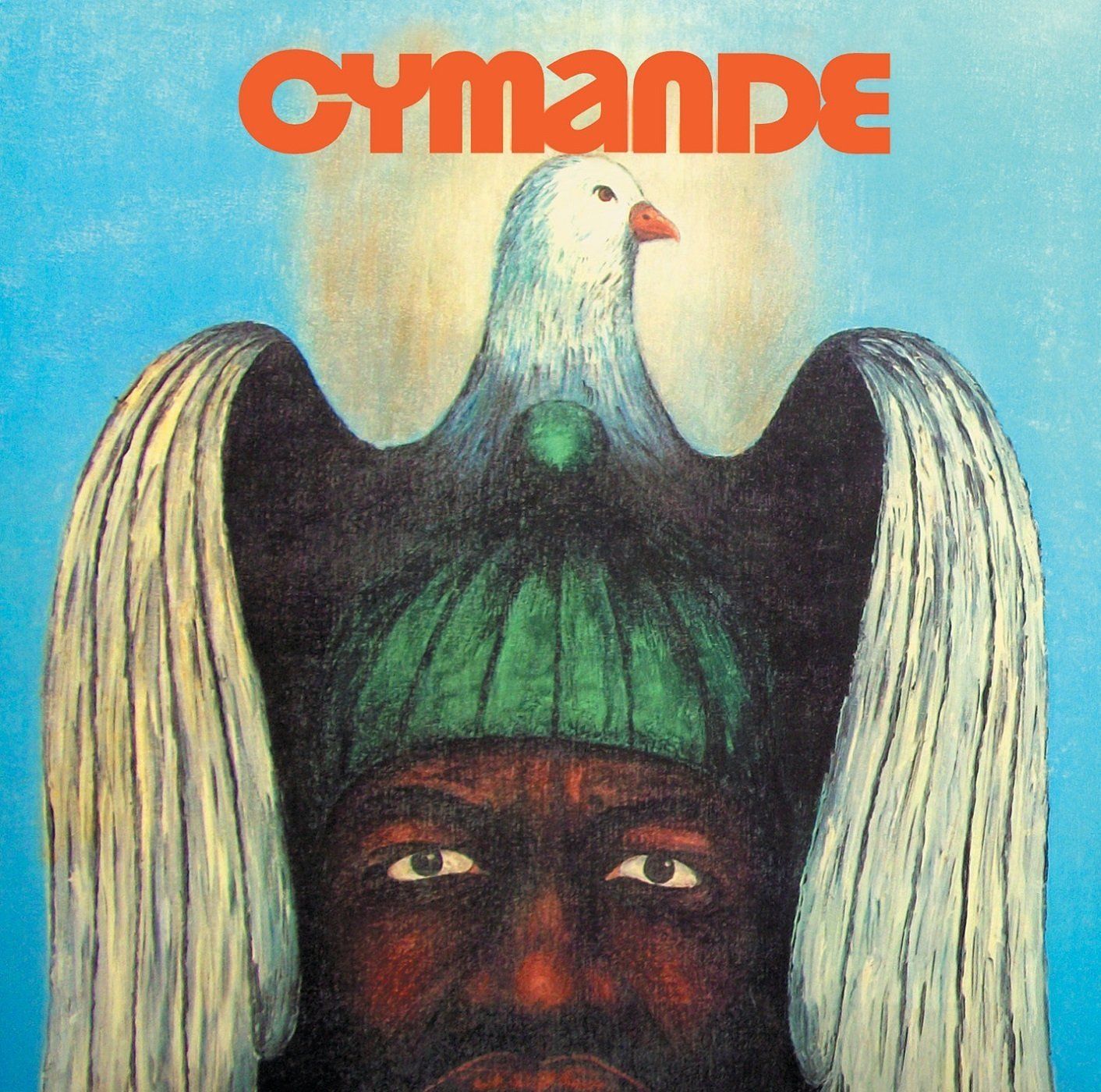Bands get discovered in a lot of different ways; auditions, word-of-mouth, demo tapes. But music history is peppered with examples of accidental or coincidental moments that led to a band’s big break.
Cymande’s discovery story is one of my favourites.
An aspiring nine-piece British-Caribbean funk group, Cymande (see-man-day) was hanging out in the basement of a SoHo club in the early 1970s. Sources differ on whether it was a strip club or not…so let’s say it was. Anyway, there they were, idly jamming while waiting for their set time. Producer John Schroeder was at the club, hoping to hear a different band whose set had been cancelled. He heard the multicultural rhythms spiralling up from the basement, followed his ears, and the rest is history.
Well, sort of. “The rest is history” implies that they went on to conquer the music business and help humankind forge a path towards peace and understanding. But despite Schroeder’s initial enthusiasm, the band never reached the success their producer may have expected of them. Three years and three albums later, they were gone.
Their sound was a good fit for their time: funk was on the rise, and the mainstream was ready to hear African and Caribbean rhythms, which the group featured, thanks to the variety of backgrounds of its members.
While not hugely popular, their music had staying power. Those who liked it, loved it.
Children of those early fans would discover Cymande’s records on their parents’ shelves, and just as the band had been discovered by a curious producer, the next generation of musicians would re-discover them: early hip-hop acts mined Cymande’s repertoire for breaks. Their music would be sampled by Masta Ace, Fugees, Wu-Tang, Gang Starr, and Queen Latifah, to name only a few.
If you haven’t discovered them yet, well then I’m very pleased to be the one to introduce you. This is Cymande. Shake hands. Chat a while.
What makes this a beautiful song:
1. Its mood is enigmatic. Some days I’m convinced it’s a melancholy song. The next day it sounds happy.
2. Despite being relatively slow, there’s that double-time tambourine in the left channel, having a quiet party by itself.
3. The guitar and bass are just slightly out of tune with one another, and the tempo speeds up ever so slightly as the track goes on. Those little imperfections are part of the charm of recorded music from 40+ years ago: this is music that wasn’t built with the purpose of being pushed out to millions of people. It aimed, instead, to bring those curious few down into the basement of the club to join them.
Recommended listening activity:
Fixing something, instead of buying a new one.
